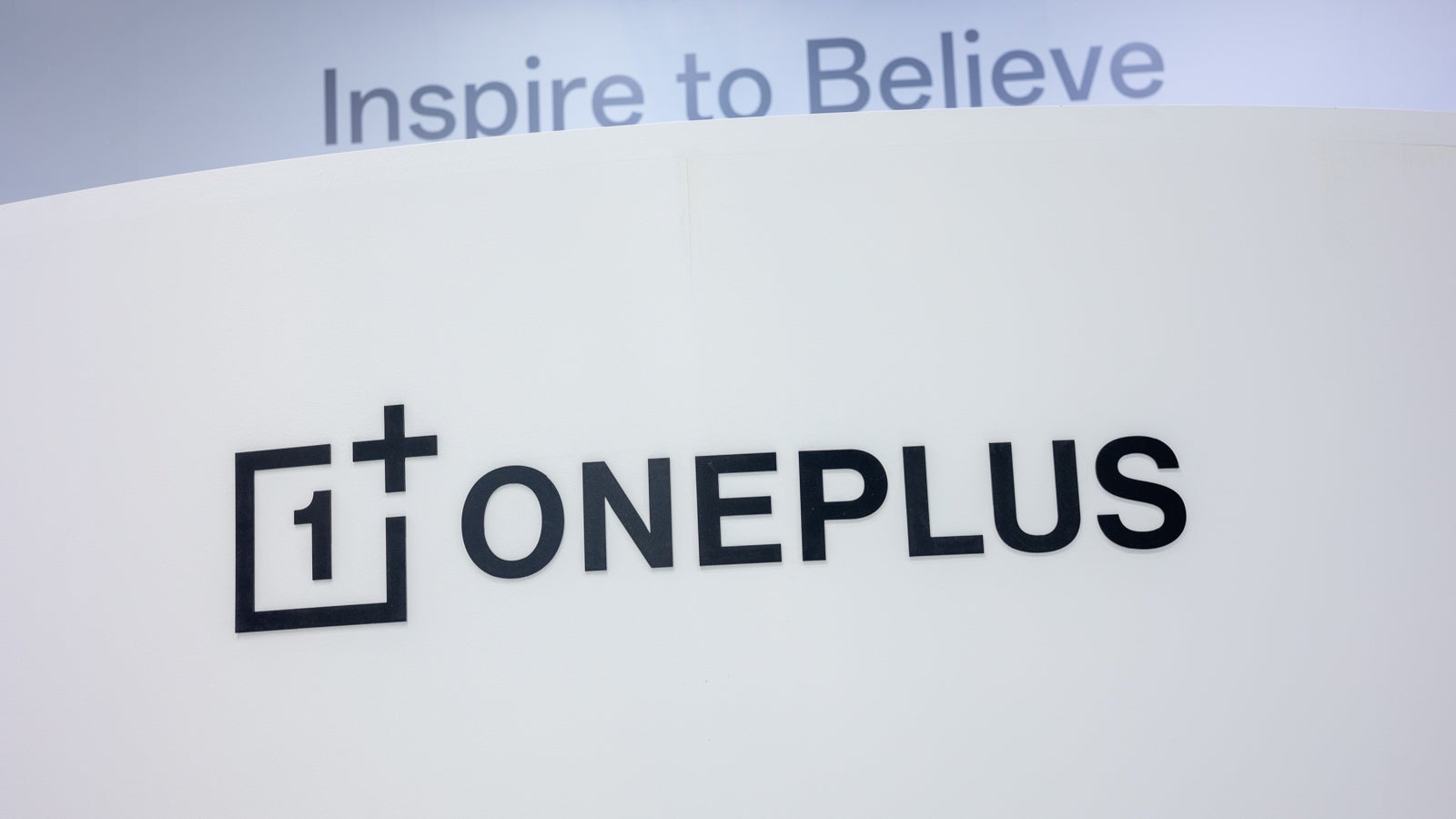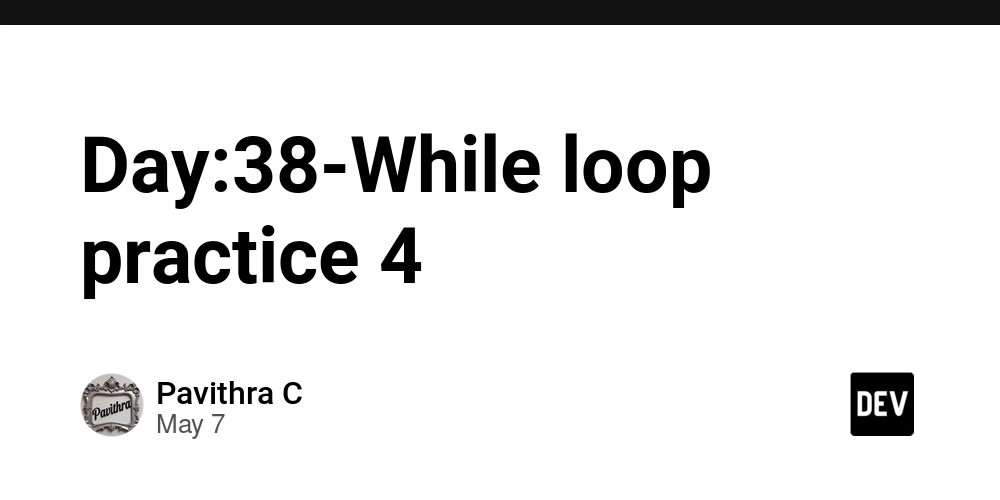The AI Dev Tool Lottery: Why Building Your Own Tools Beats Playing the Odds
Third-party AI developer tools often feel like playing the lottery - input your prompt and hope it works. Building your own tools gives you the control and visibility to transform unpredictable gambling into reliable engineering. This post was originally shared on https://qckfx.com/blog/the-ai-dev-tool-lottery-why-building-your-own-tool-beats-playing-the-odds In the rapidly evolving landscape of AI-powered developer tools, a frustrating pattern has emerged. You input your prompt, click submit, and find yourself crossing your fingers. Will it produce the code you need? Will it understand your problem correctly? Or will you need to try again and again, burning through your token budget while hoping for that winning ticket? The Third-Party AI Tool Lottery We've all heard the stories about teams excited by new autonomous coding assistants, only to discover that reliability becomes their biggest challenge. One day the tool solves a complex bug in seconds; the next day it stumbles on a simple function refactor. What makes this situation particularly maddening is the black box nature of these solutions. When a third-party AI developer tool fails, you have no visibility into the system prompts being used, the underlying models powering the tool, the reasoning behind its actions, or the development decisions that shaped its capabilities. This opacity transforms what should be a deterministic development process into something that feels more like playing the lottery. And when the tool inevitably fails, teams have nowhere to turn for answers. The discourse around these proprietary agents remains limited compared to the open discussions surrounding base LLMs, leaving developers without clear paths to improve from 70% effectiveness to the 99% they need for production use. The result? Promising tools get shelved, not because they never work, but because teams cannot consistently trust them. Taking Control of Your AI Development Stack Building your own AI developer tools fundamentally changes this dynamic. When you control the entire stack, you gain complete visibility into prompts, models, and tools. You can capture failed runs and convert them into future evaluations. You have the freedom to experiment with different approaches for specific use cases and maintain control over the environments where your AI tools operate. Building your own tools enables iterative improvement. With the right infrastructure, you can systematically flag problematic results, experiment with different prompts and model configurations, and even automate the improvement process. Tools like dspy demonstrate the potential for automated prompt refinement that adapts to your specific needs. Measuring What Matters to Your Team When building in-house AI developer tools, you define success on your terms. For a bug-fixing tool, this might mean tracking the number of bugs fixed correctly in one attempt versus multiple attempts. You might care about the steps required to implement a fix or the number of files modified when resolving issues. Cost efficiency per bug resolution could be critical for your team, as might whether fixes include runnable tests. You could evaluate the accuracy of the model's reasoning about bug causes or track quality metrics from code reviews. Some metrics require human evaluation—but for code, these processes already exist through standard code review practices. The key advantage is that you determine which metrics matter most for your specific workflows and team needs. Shifting the Mindset from Consumption to Ownership The true transformation happens when teams stop treating AI as another third-party tool and start viewing it as an integral part of their development infrastructure. These AI systems differ fundamentally from traditional dev tools. They aren't undifferentiated infrastructure but highly opinionated assistants that directly influence your codebase and application functionality. By building your own tools, your team can create AI systems that align with your existing workflows and respect established code patterns. These custom tools embody your team's engineering philosophy and automate work while maintaining your team's taste and style. The AI becomes an extension of your team rather than an external force pushing unfamiliar patterns or approaches. The Diminishing Investment Barrier With the right infrastructure layer—like what we're building at qckfx—the initial investment required to create custom AI developer tools has drastically decreased. Creating and deploying an internal dev agent can be as simple as authoring a prompt and configuring your preferred model and toolset. The platform handles the complex parts: monitoring, session recording, budget limits, debugging, and more. This democratization of AI tool development means teams can spend less time wrestling with infrastructure and more time refining the capabilities that matter most to

Third-party AI developer tools often feel like playing the lottery - input your prompt and hope it works. Building your own tools gives you the control and visibility to transform unpredictable gambling into reliable engineering.
This post was originally shared on https://qckfx.com/blog/the-ai-dev-tool-lottery-why-building-your-own-tool-beats-playing-the-odds
In the rapidly evolving landscape of AI-powered developer tools, a frustrating pattern has emerged. You input your prompt, click submit, and find yourself crossing your fingers. Will it produce the code you need? Will it understand your problem correctly? Or will you need to try again and again, burning through your token budget while hoping for that winning ticket?
The Third-Party AI Tool Lottery
We've all heard the stories about teams excited by new autonomous coding assistants, only to discover that reliability becomes their biggest challenge. One day the tool solves a complex bug in seconds; the next day it stumbles on a simple function refactor.
What makes this situation particularly maddening is the black box nature of these solutions. When a third-party AI developer tool fails, you have no visibility into the system prompts being used, the underlying models powering the tool, the reasoning behind its actions, or the development decisions that shaped its capabilities.
This opacity transforms what should be a deterministic development process into something that feels more like playing the lottery. And when the tool inevitably fails, teams have nowhere to turn for answers. The discourse around these proprietary agents remains limited compared to the open discussions surrounding base LLMs, leaving developers without clear paths to improve from 70% effectiveness to the 99% they need for production use.
The result? Promising tools get shelved, not because they never work, but because teams cannot consistently trust them.
Taking Control of Your AI Development Stack
Building your own AI developer tools fundamentally changes this dynamic. When you control the entire stack, you gain complete visibility into prompts, models, and tools. You can capture failed runs and convert them into future evaluations. You have the freedom to experiment with different approaches for specific use cases and maintain control over the environments where your AI tools operate.
Building your own tools enables iterative improvement. With the right infrastructure, you can systematically flag problematic results, experiment with different prompts and model configurations, and even automate the improvement process. Tools like dspy demonstrate the potential for automated prompt refinement that adapts to your specific needs.
Measuring What Matters to Your Team
When building in-house AI developer tools, you define success on your terms. For a bug-fixing tool, this might mean tracking the number of bugs fixed correctly in one attempt versus multiple attempts. You might care about the steps required to implement a fix or the number of files modified when resolving issues. Cost efficiency per bug resolution could be critical for your team, as might whether fixes include runnable tests. You could evaluate the accuracy of the model's reasoning about bug causes or track quality metrics from code reviews.
Some metrics require human evaluation—but for code, these processes already exist through standard code review practices. The key advantage is that you determine which metrics matter most for your specific workflows and team needs.
Shifting the Mindset from Consumption to Ownership
The true transformation happens when teams stop treating AI as another third-party tool and start viewing it as an integral part of their development infrastructure. These AI systems differ fundamentally from traditional dev tools. They aren't undifferentiated infrastructure but highly opinionated assistants that directly influence your codebase and application functionality.
By building your own tools, your team can create AI systems that align with your existing workflows and respect established code patterns. These custom tools embody your team's engineering philosophy and automate work while maintaining your team's taste and style. The AI becomes an extension of your team rather than an external force pushing unfamiliar patterns or approaches.
The Diminishing Investment Barrier
With the right infrastructure layer—like what we're building at qckfx—the initial investment required to create custom AI developer tools has drastically decreased. Creating and deploying an internal dev agent can be as simple as authoring a prompt and configuring your preferred model and toolset. The platform handles the complex parts: monitoring, session recording, budget limits, debugging, and more.
This democratization of AI tool development means teams can spend less time wrestling with infrastructure and more time refining the capabilities that matter most to their specific development challenges.
Start Building, Stop Gambling
AI tooling represents the future of software development, but trusting exclusively in third-party black boxes means accepting unpredictable outcomes. By building your own AI tools—or at least using platforms that provide transparency and configurability—you transform the lottery into a system you can understand, measure, and improve.
AI agents have grown increasingly modular, with standards like Model Context Protocol (MCP) making it easier to share capabilities across agents and companies. This modularity addresses concerns about reinventing the wheel, allowing teams to focus on the unique aspects of their development workflow.
The teams that adopt and build AI development best practices today will hold a significant advantage tomorrow. The question facing development teams isn't whether to integrate AI into their development process but whether they'll continue playing the lottery or build a system they can count on.
Are you ready to stop gambling with your development process?







































































































































































![[The AI Show Episode 146]: Rise of “AI-First” Companies, AI Job Disruption, GPT-4o Update Gets Rolled Back, How Big Consulting Firms Use AI, and Meta AI App](https://www.marketingaiinstitute.com/hubfs/ep%20146%20cover.png)










































































































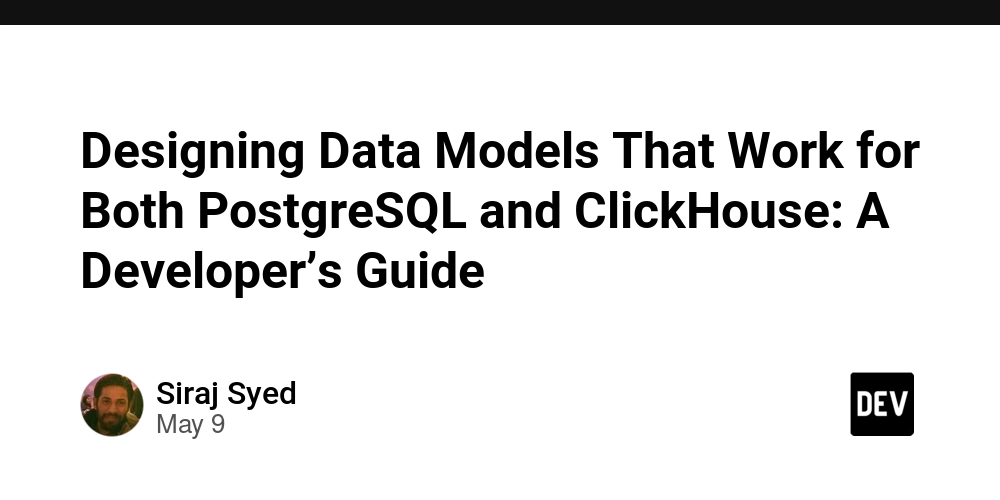
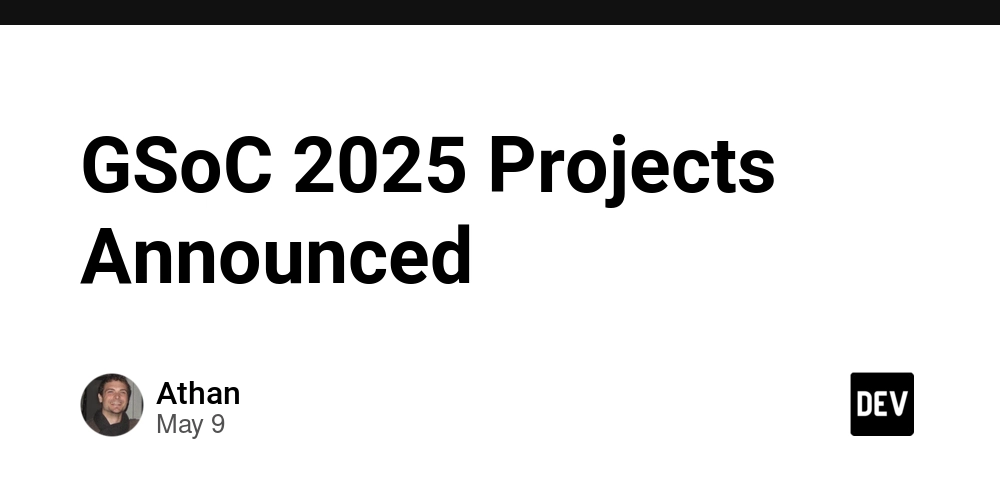














![[DEALS] The Premium Python Programming PCEP Certification Prep Bundle (67% off) & Other Deals Up To 98% Off – Offers End Soon!](https://www.javacodegeeks.com/wp-content/uploads/2012/12/jcg-logo.jpg)





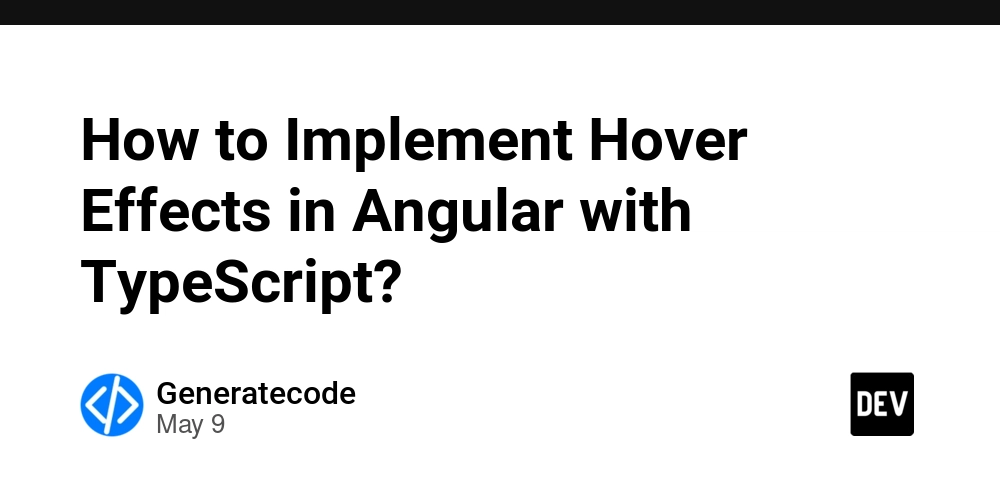









































































































































_Aleksey_Funtap_Alamy.jpg?width=1280&auto=webp&quality=80&disable=upscale#)
_Sergey_Tarasov_Alamy.jpg?width=1280&auto=webp&quality=80&disable=upscale#)












































































































![Apple Foldable iPhone to Feature New Display Tech, 19% Thinner Panel [Rumor]](https://www.iclarified.com/images/news/97271/97271/97271-640.jpg)
![Apple Developing New Chips for Smart Glasses, Macs, AI Servers [Report]](https://www.iclarified.com/images/news/97269/97269/97269-640.jpg)
![Apple Shares New Mother's Day Ad: 'A Gift for Mom' [Video]](https://www.iclarified.com/images/news/97267/97267/97267-640.jpg)
![Apple Shares Official Trailer for 'Stick' Starring Owen Wilson [Video]](https://www.iclarified.com/images/news/97264/97264/97264-640.jpg)


















































